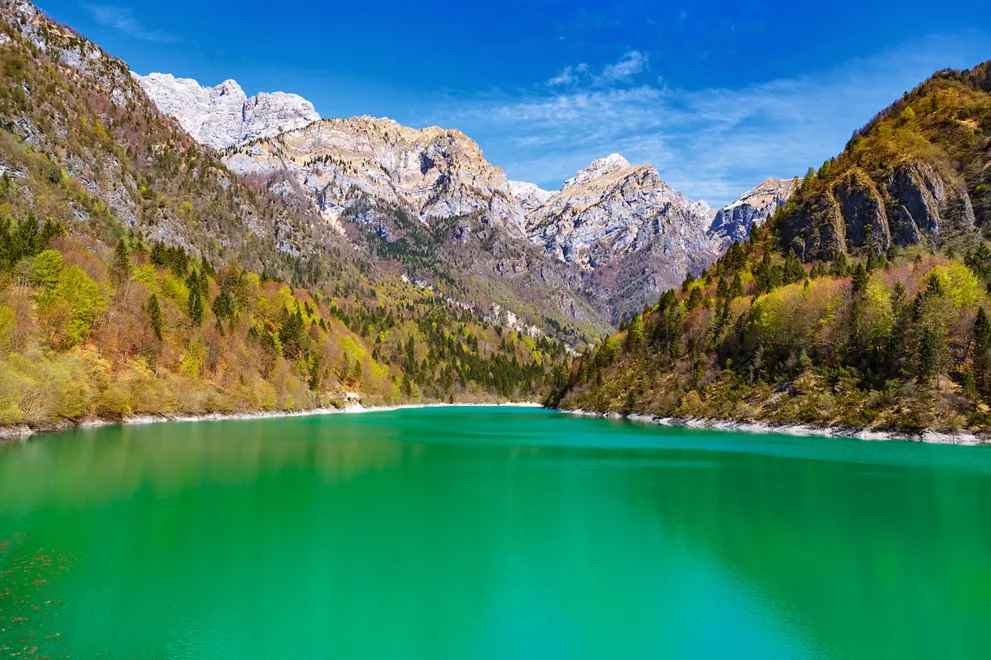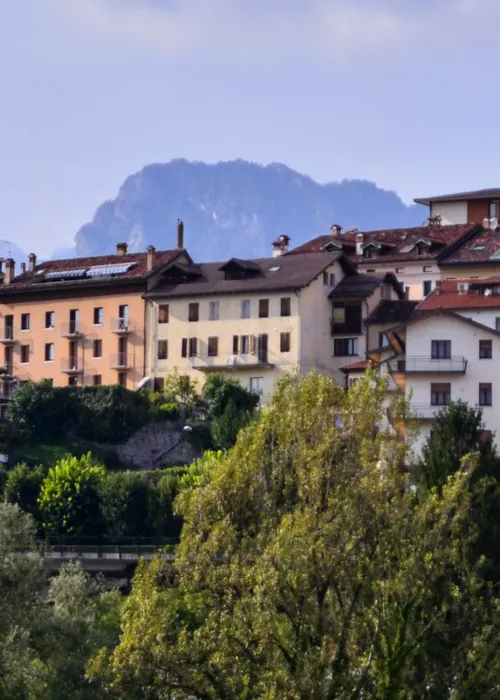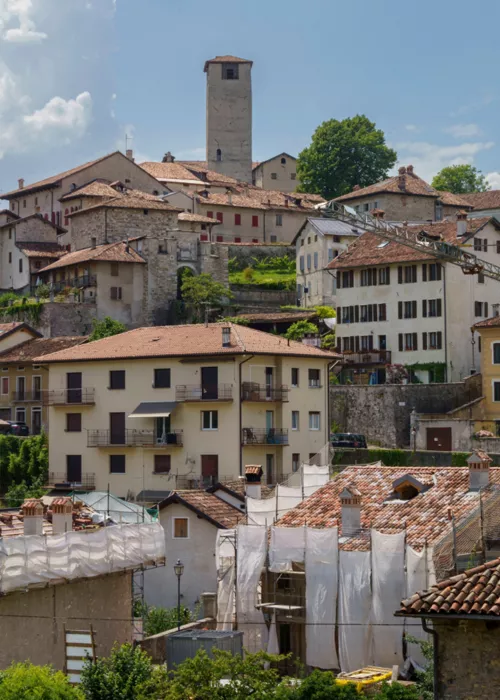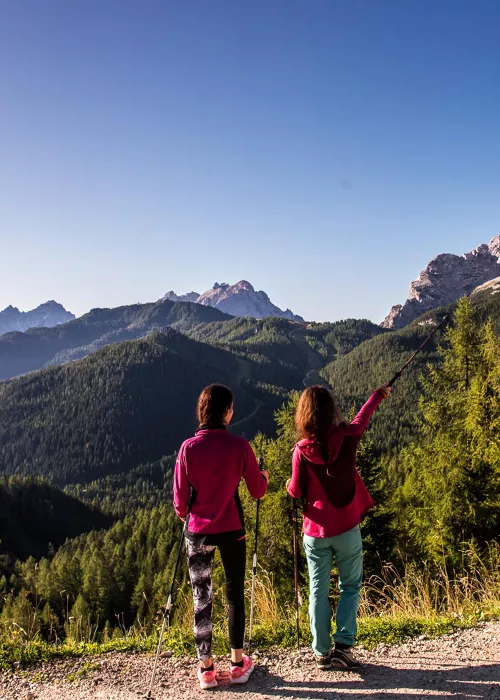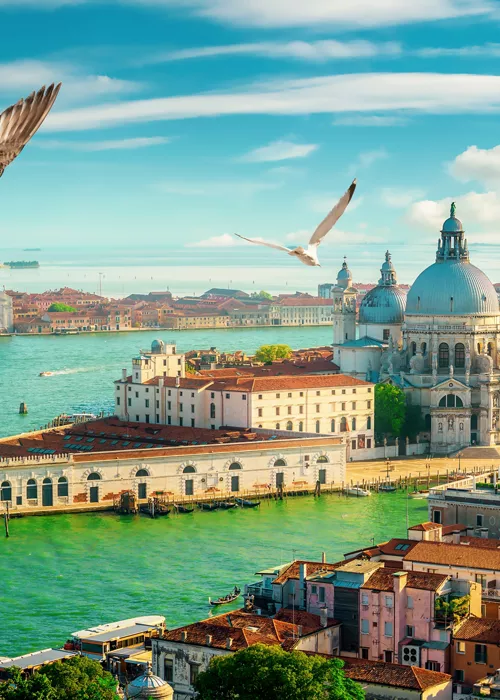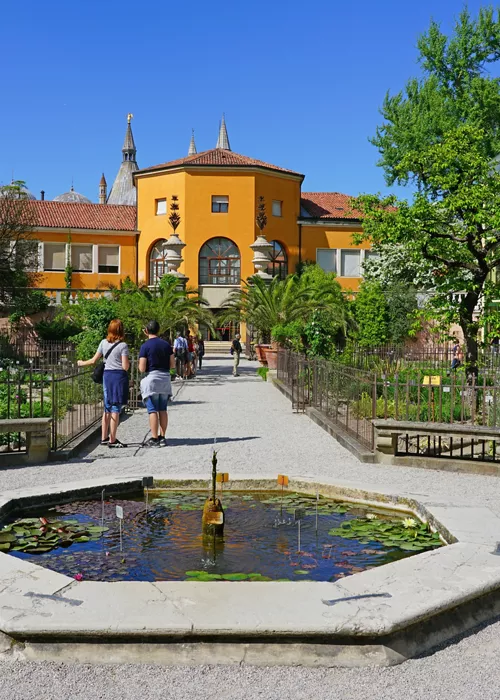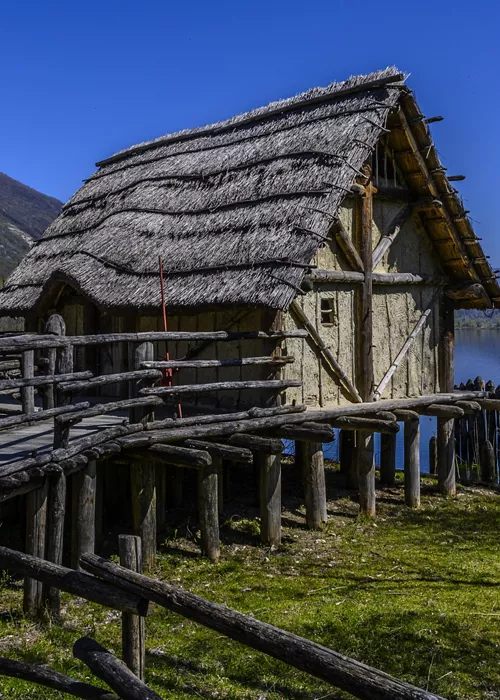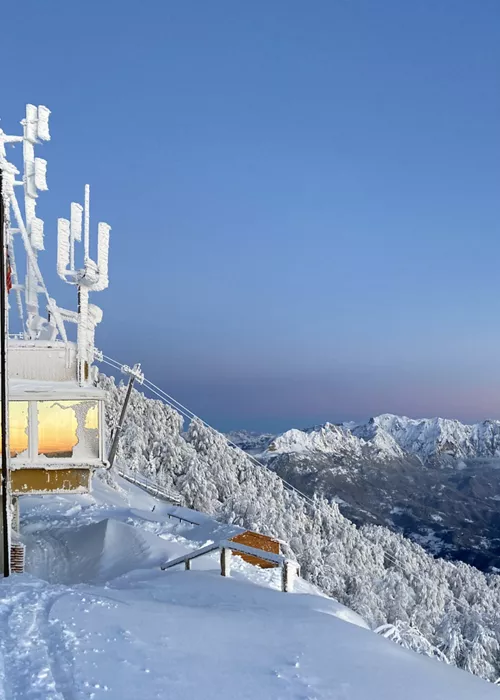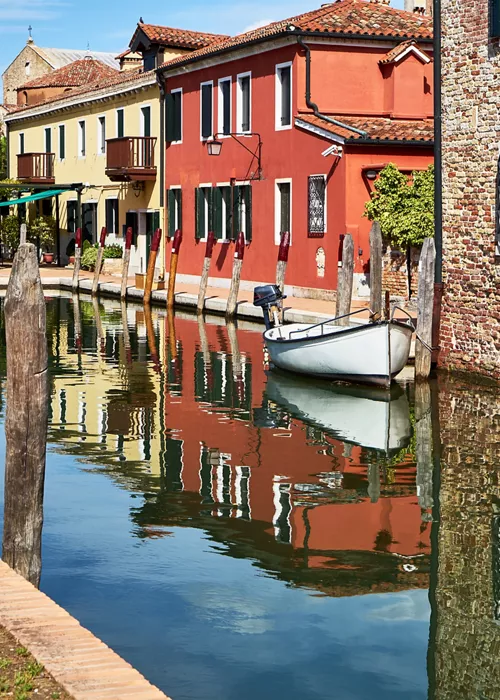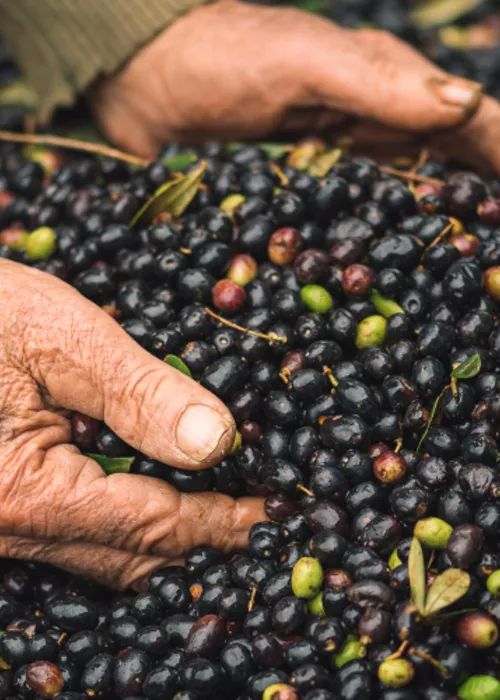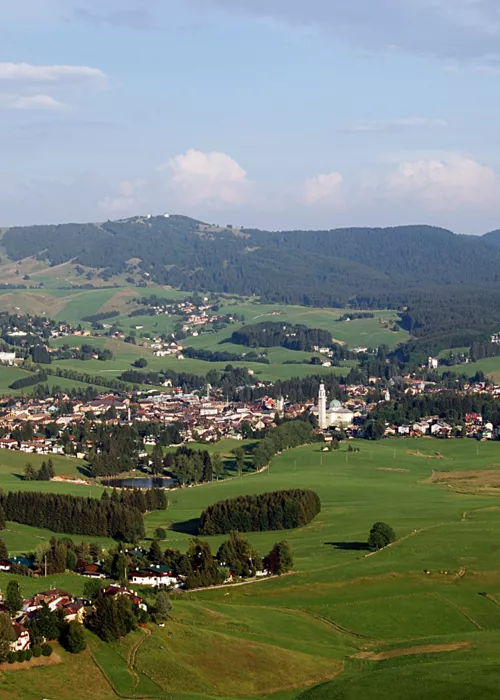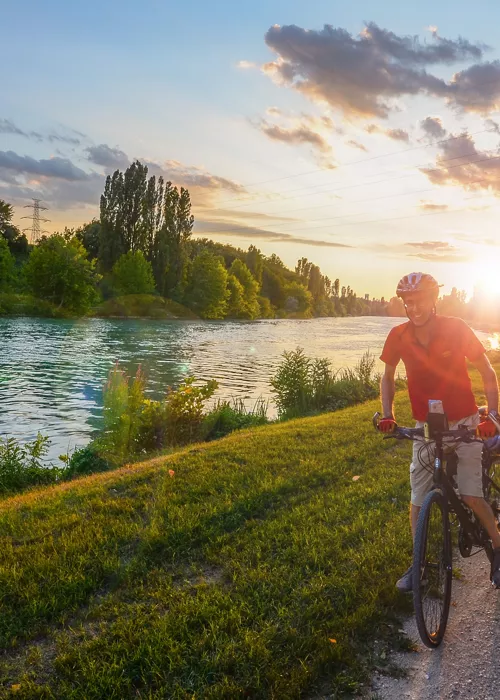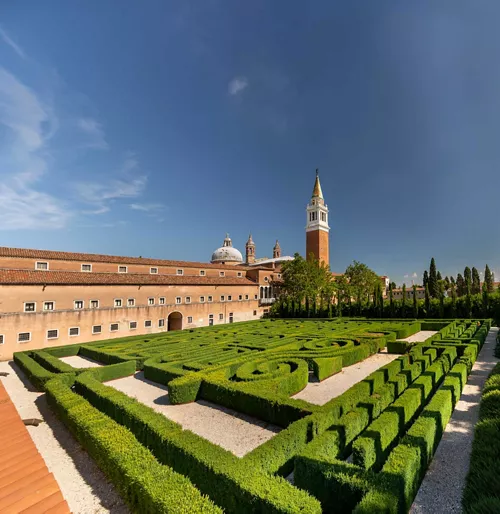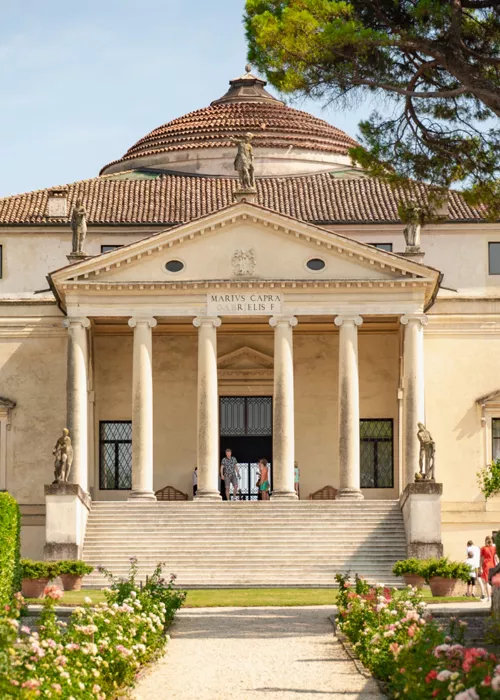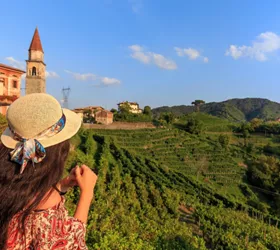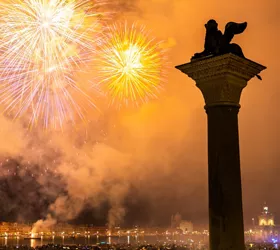Dolomiti Bellunesi National Park
5 minutes
A park created in Veneto with the aim of protecting not only the precious ecosystem of flora and fauna spanning an area that ranges from 412 to 2,565 meters above sea level, but also the human presence in the mountains.
This has translated into the recovery of the few structures present and still active, because controlled mountain grazing activity helps to ensure the proper preservation of the territory, protecting it from fire or hydrogeological risks. Like the entire Dolomite range, the Park is one of the treasures of the planet protected by UNESCO. From the river environments at the bottom of the valley to the rock faces at high altitudes, various plant and animal species find the perfect habitat here: chamois, deer and roe deer, but also foxes and marmots, badgers, squirrels, stoats and martens. The large carnivores in the area include he bear, the lynx and the wolf. The presence of the wild cat also been detected since 2014. If it is your first visit to a protected Park, you can consult the section of the official website on eco-etiquette.
Itineraries
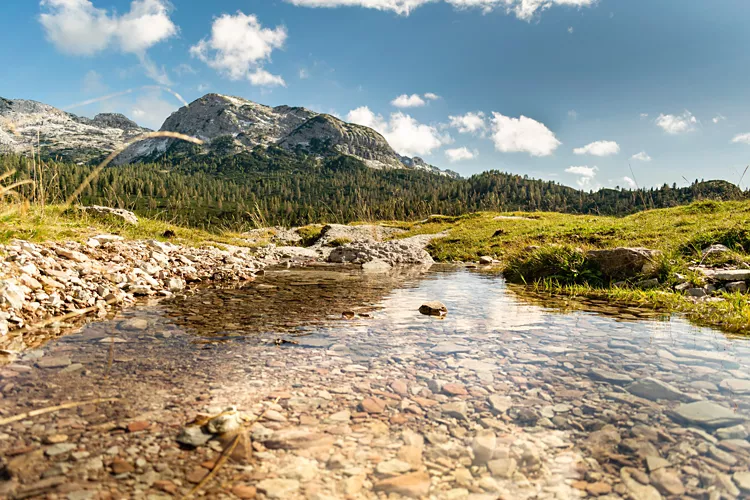
There are hundreds of hiking paths, forest roads, mule tracks and via ferratas available to those who come to visit the Park. There is something for every taste and level of training: from the paths within everyone's reach to the routes for expert climbers. Many are, in fact, ring circuits dedicated not so much to expert hikers as to visitors who are curious to discover the animal and plant life of the territory at close hand. One of the most popular, just 4 km in length, is the path of the Val Falcina which crosses with the course of the Mis river. Precise signage, along the various trails within the Park, offers information about its geology, botany and fauna that makes every walk an educational opportunity. Of course, there are paths dedicated to cycling fans, passing through countryside and rock walls, such as the San Martino Valley trail. There are also trails for those who choose to move on horseback, starting from Prati di Salet, a short flat itinerary that starts from the village of San Gottardo and takes you to the horse breeding center of the State Forestry Corps.
Sports in the area
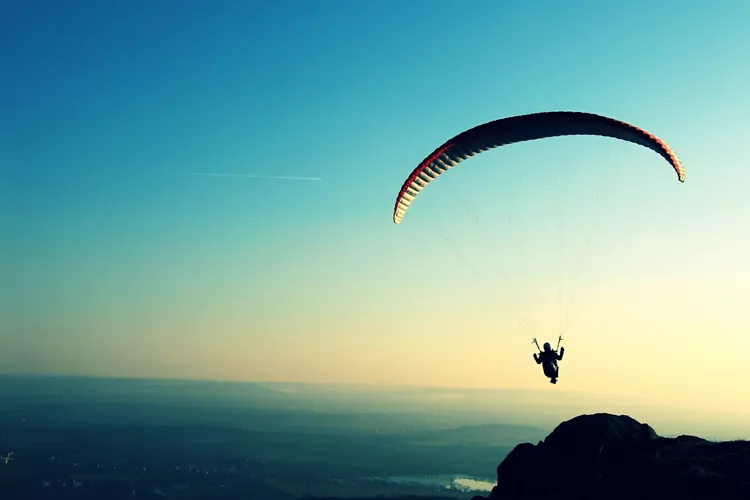
Lands at various altitudes, the many streams and simply incomparable views: these are just some of the characteristics of the Park that attract paragliding enthusiasts. It is no coincidence that the Dolomiti Fly project was started here. It aims to coordinate all the entities offering flight experiences (from hang-gliding to paragliding) in order to formulate tailor-made offers for visitors, including accommodation and catering. Although we are in a mountain park, swimming is one of the most popular sports in the Belluno Dolomites: the swimming pools of these parts (in Pedavena and Santa Giustina)are used for the retreats of prestigious swimming teams and other water sports, such as water polo and triathlon. When the park begins to turn white, the snow also brings experiences for winter sports enthusiasts. There are several ski resorts (where you can also go skating, snowboarding, ski mountaineering and more) in the Park and in its immediate vicinity.
Experiences
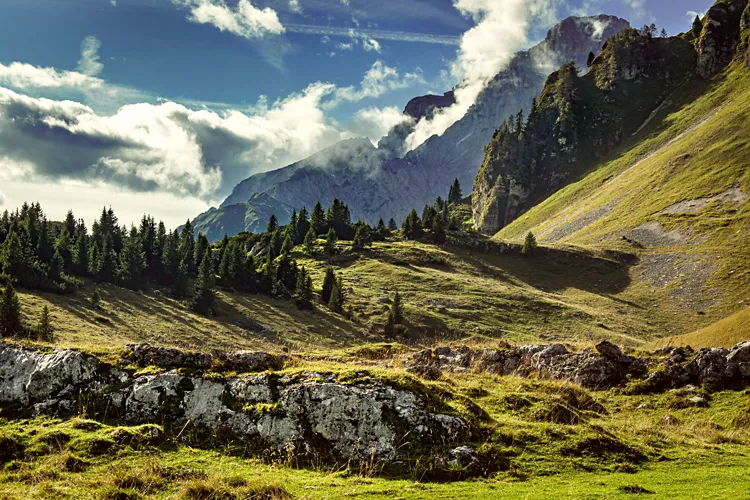
In collaboration with the Italian Association of People with Down’s Syndrome, the Park offers guided excursions and environmental interpretation workshops in areas accessible to people with disabilities: the activities are developed specifically for disabled people (according to the different disabilities) and for people with Down’s syndrome, but they are available to everyone so that they can get closer to the everyday experiences of people with disabilities. In the 15 municipalities of the Park there are also many museums dedicated to the local history, art and culture. These are very different to each other in terms of size, organization and value when it comes to the collections on display. They have the merit of showcasing the peculiar and, in many cases little-known aspects of the many faces of the Park. In the Belluno Dolomites you will also find the botanical gardens, an environmental education centre, and a nature museum. Open to both tourists and residents, these are all places with a vocation for hosting cultural debate and the exchanging of ideas. Open to both tourists and residents, these are all places with a vocation for hosting cultural debate and the exchanging of ideas. The Ethnographic Museum of the Park is in Belluno; it hosts permanent and temporary exhibitions linked to human life in the mountains, with installations that also use multimedia supports, while Val Canzoi is home to the “La Santina” Environmental Education Centre.
Attractions
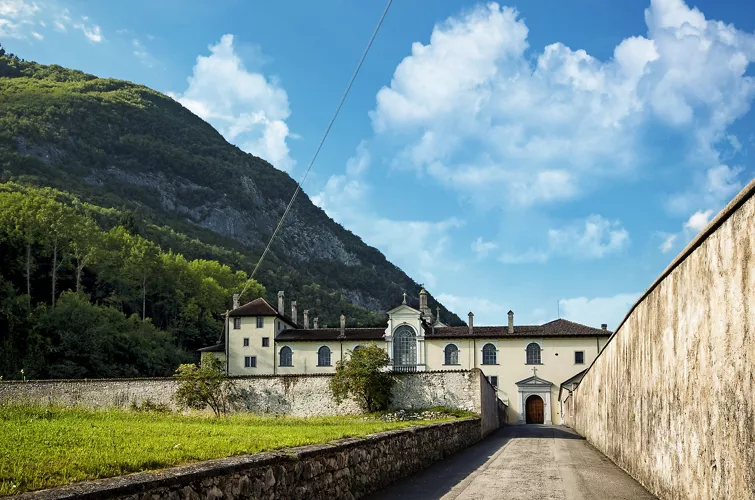
There are several things to see in the Park: alpine villages and historical centres, churches and fortifications from the Middle Ages guarantee several visiting opportunities, also for lovers of history and architecture. The typical constructions you can find in the Park also include the "Casere a gradoni", isolated barns with stepped fronts (called "scalinèle" by the locals), a rare building type of ancient origins, now of great historical and environmental value. The charming Casera a Orza in Sovramonte is located in a grassy clearing on a slight slope, inside the "wooded area" at an altitude of 1100 metres. Finally the Charterhouse of Vedana in the municipality of Sospirolo: in a dominant position overlooking the "masiere" of the same name is a complex on which works commenced in the late 15th century. The location, with absolutely stunning landscapes, reflects the need for solitude required by the Carthusian Order, which commissioned its construction. The architectural structure reflects the particularities of social aggregation and the environments that characterize the Carthusian monasteries, built to allow the monks who lived here in total isolation to comply with the strict rules.
Fine food and wine
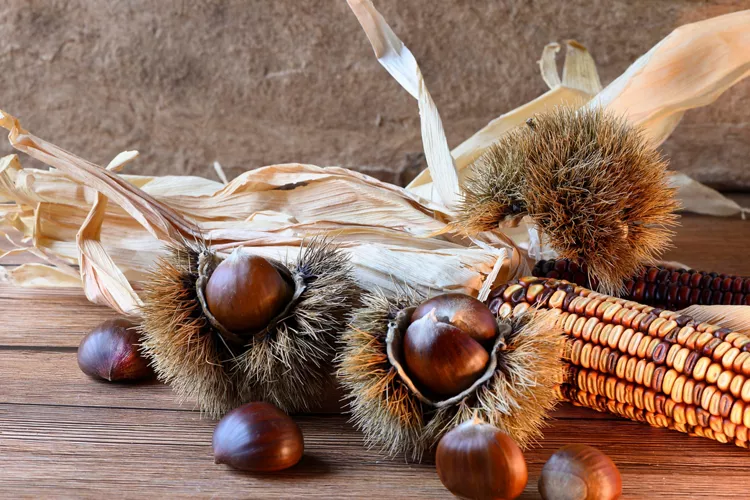
The main local economic activity is linked to breeding in the wild and semi-wild of cattlebut also of sheep and goats. This is why most of the Park's flavours are expressed in the form of cheeses, meats and cold cuts. In order to preserve some of its traditional environments and crafts, the Park Authority has invested considerable sums in the renovation of 5 shepherd's huts or malghe, relaunching the production of the local mountain pasture cheese. There arealso numerous local producers of mountain honey, rare cultivations (such as the well-known Lamon bean), forgotten varieties of apples, and the walnuts and chestnuts of Feltre, which are renowned for their sweetness and floury consistency, which remains compact when cooked.
Hospitality
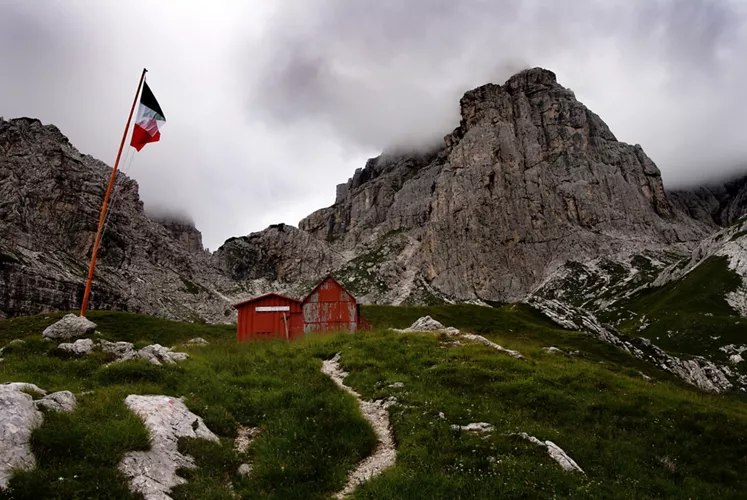
Small houses immersed in green surroundings: this is, above all, the form of hospitality offered in the Park. Getting up in the morning surrounded by the calmness of the mountains, with the thousands of different colours that only wild nature can offer in every season. But to cater for the most diverse array of expectations, the area also offers stays in hotels, B&Bs, campsites and hostels. Within the Park there are also 6 Italian Alpine Club refuges at the disposal of hikers. Several unattended bivouacs, run by the CAI or local hiking associations, complete the offering. The Visitor Centres and Park Offices provide detailed information on the opening times of the bivouacs and how to access and use them.
Park Services
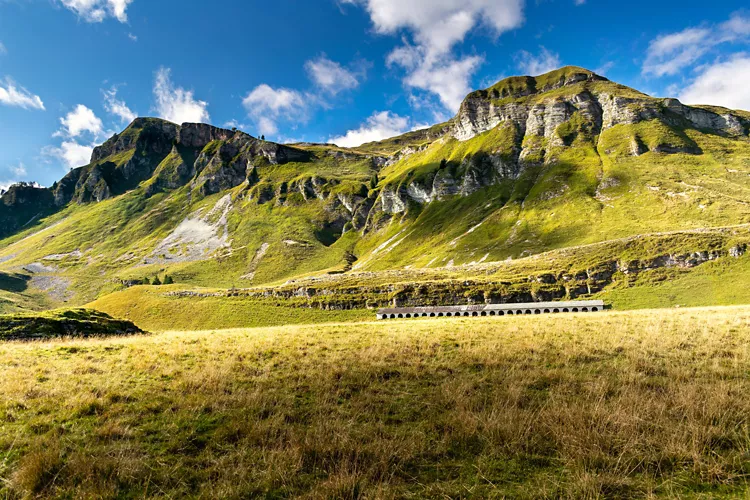
The Park has three Visitor Centres, designed both for tourists and residents, and located in three different areas of the Park: in Pedavena in the Feltre area, in Belluno, and in the mining site of Valle Imperina in the Agordino area. To best meet the different needs of each traveller, each of the Centres is specialized on a different aspect of its heritage. The visitor center of Pedavena is specialized in the interior journey, looking at the ethical motivations of nature conservation; the Valle Imperina Centre focuses on the miners, the chair makers and the legendary wild man; finally, the Belluno Centre provides a more general overview of the Park.

